Cleaning PVC and linoleum
For a long time, PVC and linoleum have been amongst the most popular floor coverings. After disappearing from the limelight for a while, they are now experiencing a real comeback as designer flooring. In general these floor coverings are very easy to clean, but there are a few points to consider when cleaning.

Correctly cleaning resilient floor coverings
There are many resilient floor coverings and, at first glance, it is difficult to differentiate between the materials. The three most frequently used are PVC floor coverings, linoleum and elastomer floor coverings. The floor coverings are generally cleaned in a similar way, but they mainly differ when it comes to their sensitivity to various cleaners.
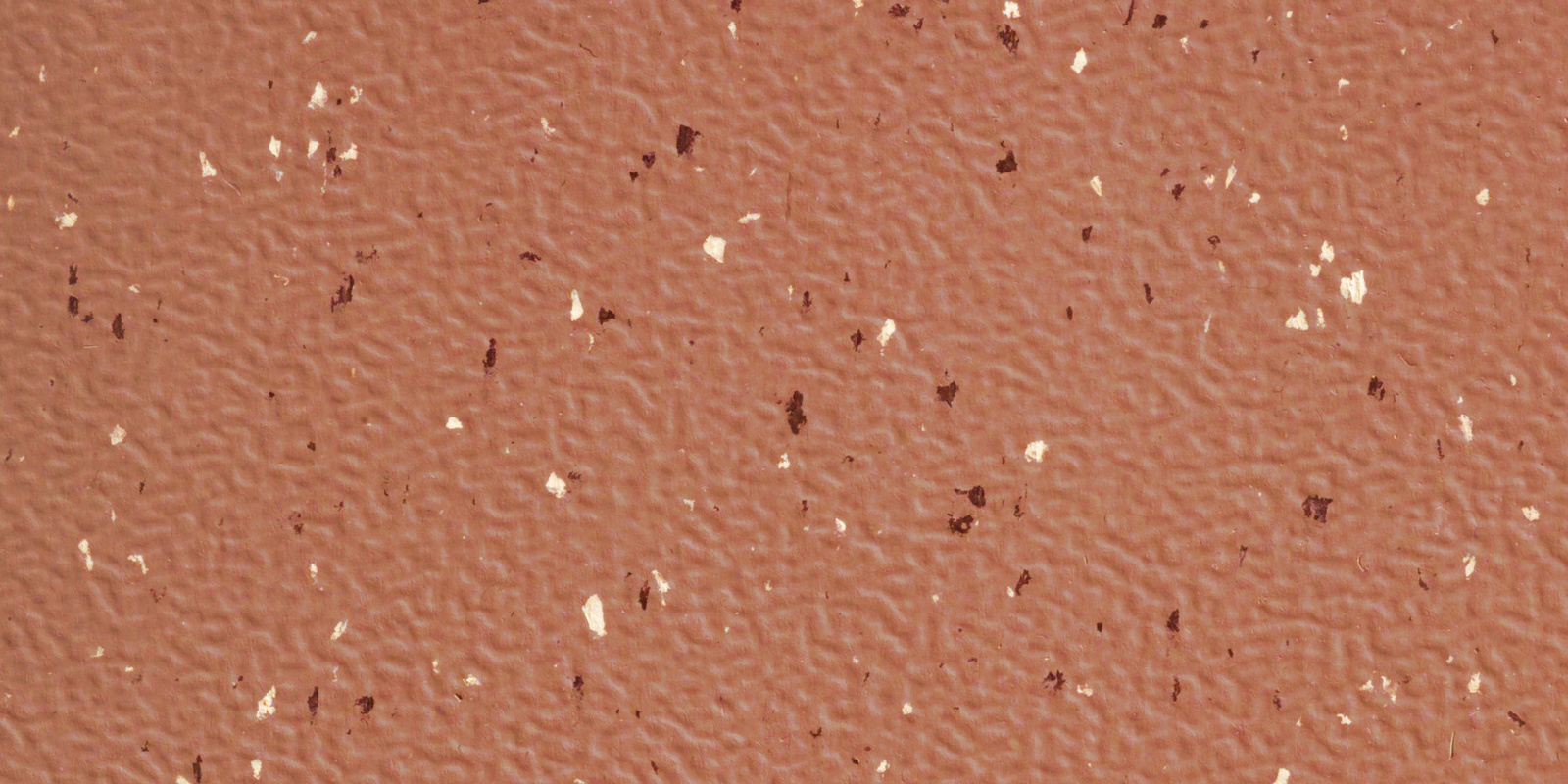
PVC floor
PVC consists of polyvinyl chloride and is available as sheets, tiles or click-in tiles. This material is particularly robust and is resistant against strong alkalis and mechanical stress. In contrast, acidic detergents may lead to changes in colour. Care must also be taken when using organic solvents. Related substances, such as shoe polish, soot, strokes from felt-tip pens, etc. may migrate into the floor covering. PVC is sensitive to cigarette ash and flying sparks.
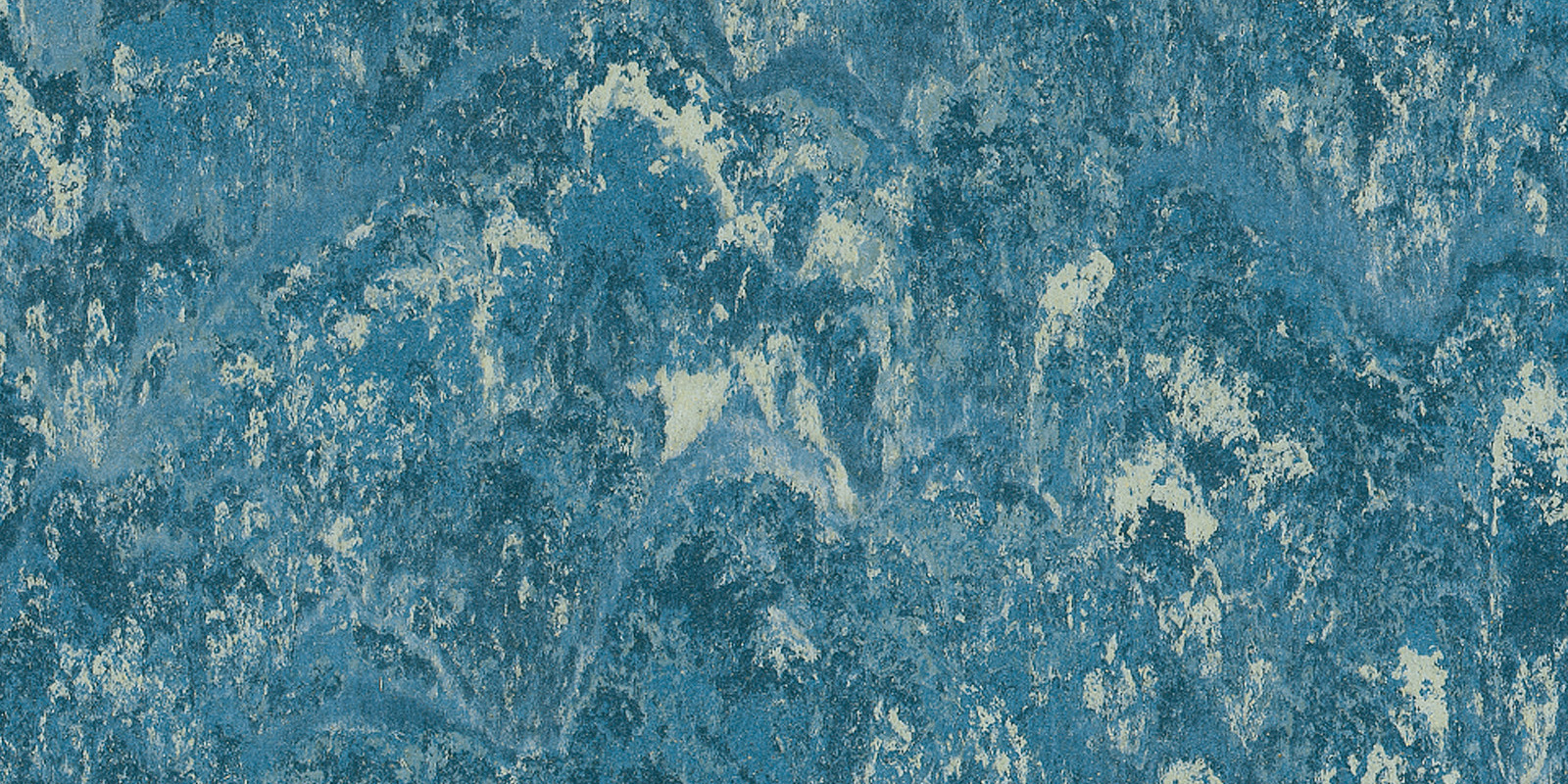
Linoleum
Linoleum is an environmentally friendly alternative to PVC flooring because the material is manufactured from natural raw materials, such as linseed oil, ground cork or wood flour, and natural resin. The floor covering conducts heat only very slowly and is therefore frequently referred to as warm underfoot. In contrast to PVC, linoleum is sensitive to strong alkaline cleaners (pH value >10) and mechanical stress. It is therefore relatively resistant against organic solvents and cigarette ash. Linoleum has moisture-regulating properties, but is sensitive to excessive moisture.
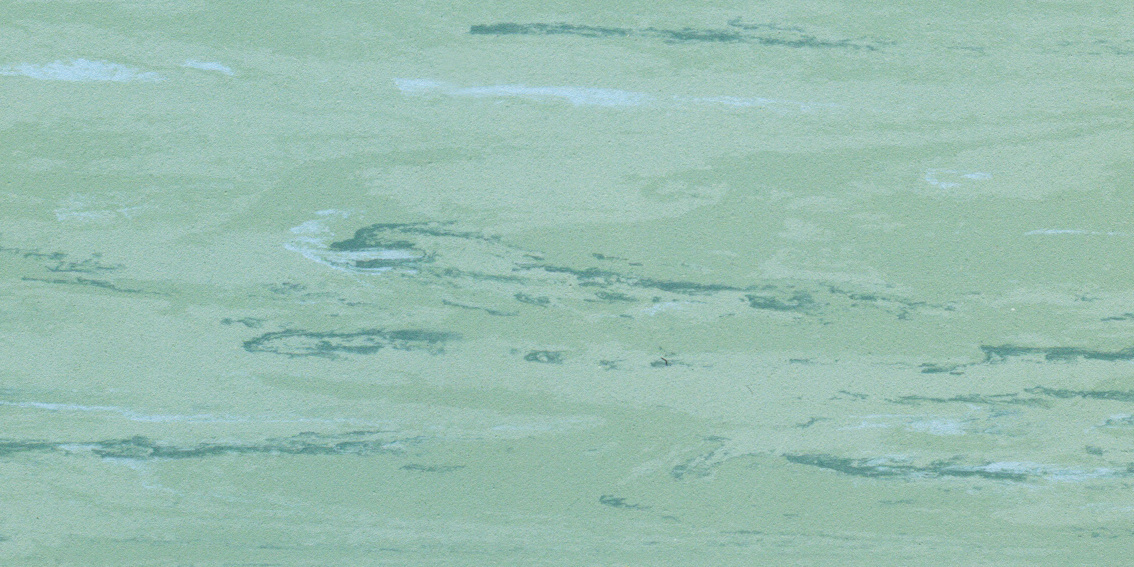
Elastomer floor coverings/rubber floor coverings
Elastomer floor coverings are rarely found in private spaces, but they are used in communal areas in buildings, such as staircases and laundry rooms. The floor covering is extremely hard-wearing, but is sensitive to strong alkaline detergents (pH value >10). Acidic cleaners may cause discolouration, but rubber floor coverings are relatively resistant to cigarette ash or flying sparks.
Using the paper clip test to identify floor coverings
If you are unsure what material your floor is made of, the so-called paper clip test can help you. First, find an inconspicuous area in the room. Use a lighter to heat the tip of a straightened-out metal paper clip for approx. five seconds. Press the hot metal tip into the floor covering for approx. three seconds and then pull it out again. You can now use the hole site, the penetration behaviour and odour to determine the type of floor.
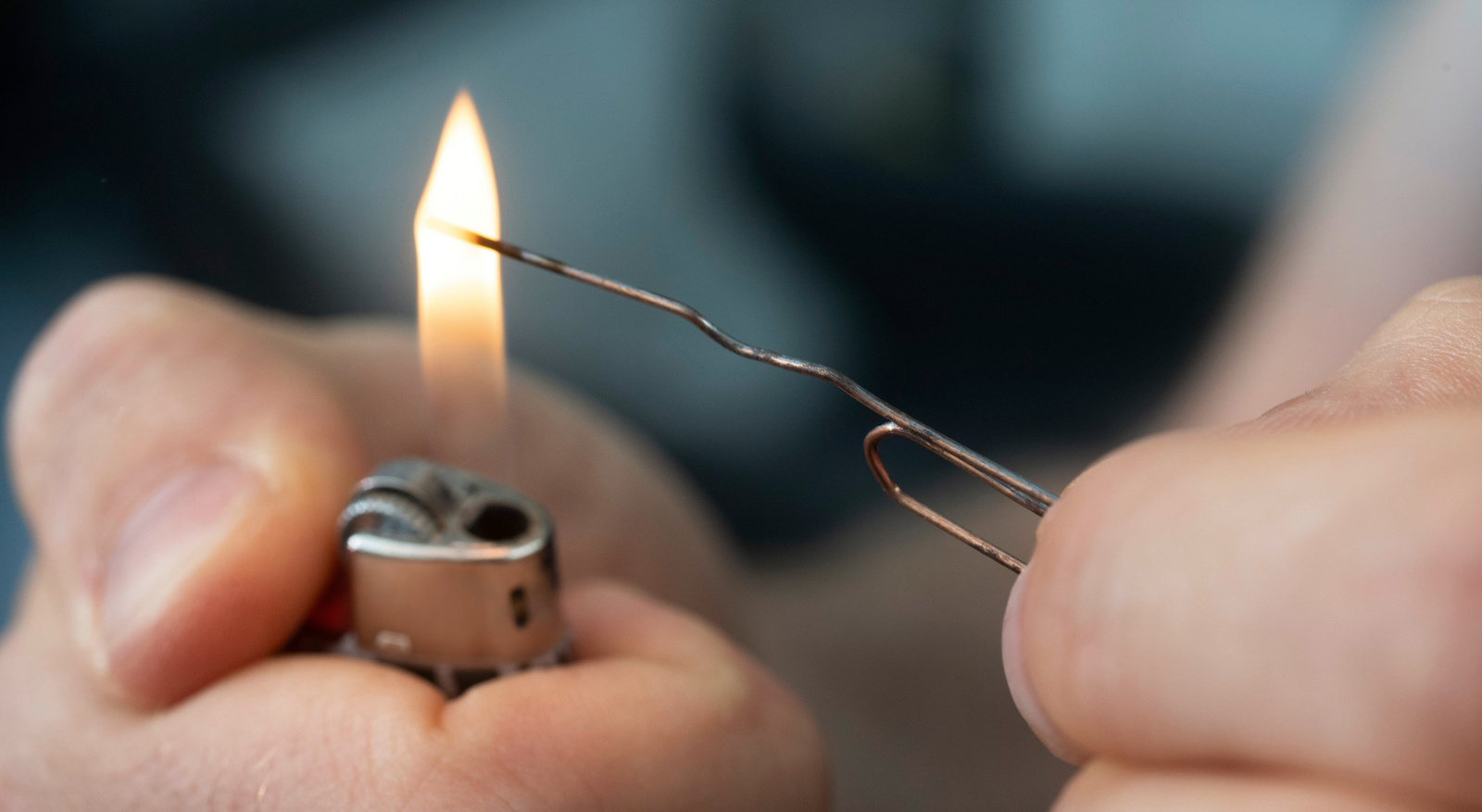
PVC floor
- The hot paper clip penetrates the material relatively easily.
- A PVC floor melts at the surface.
- A hole site with bulging is formed.
- When hot, threads can be pulled out.
- The residues on the paper clip burn with soot.
- There is a pungent smell.
Linoleum
- The hot paper clip penetrates the floor relatively easily.
- Linoleum does not melt at the surface.
- The surface is charred and there is no bulging.
- It smells of burnt wood or linseed oil.
Cleaning elastomer floor covering (rubber floor covering)
- The hot paper clip hardly penetrates the floor covering.
- The surface of the elastomer floor covering does not melt.
- There is a small hole site with no bulging.
- Typically, it smells of burnt rubber.
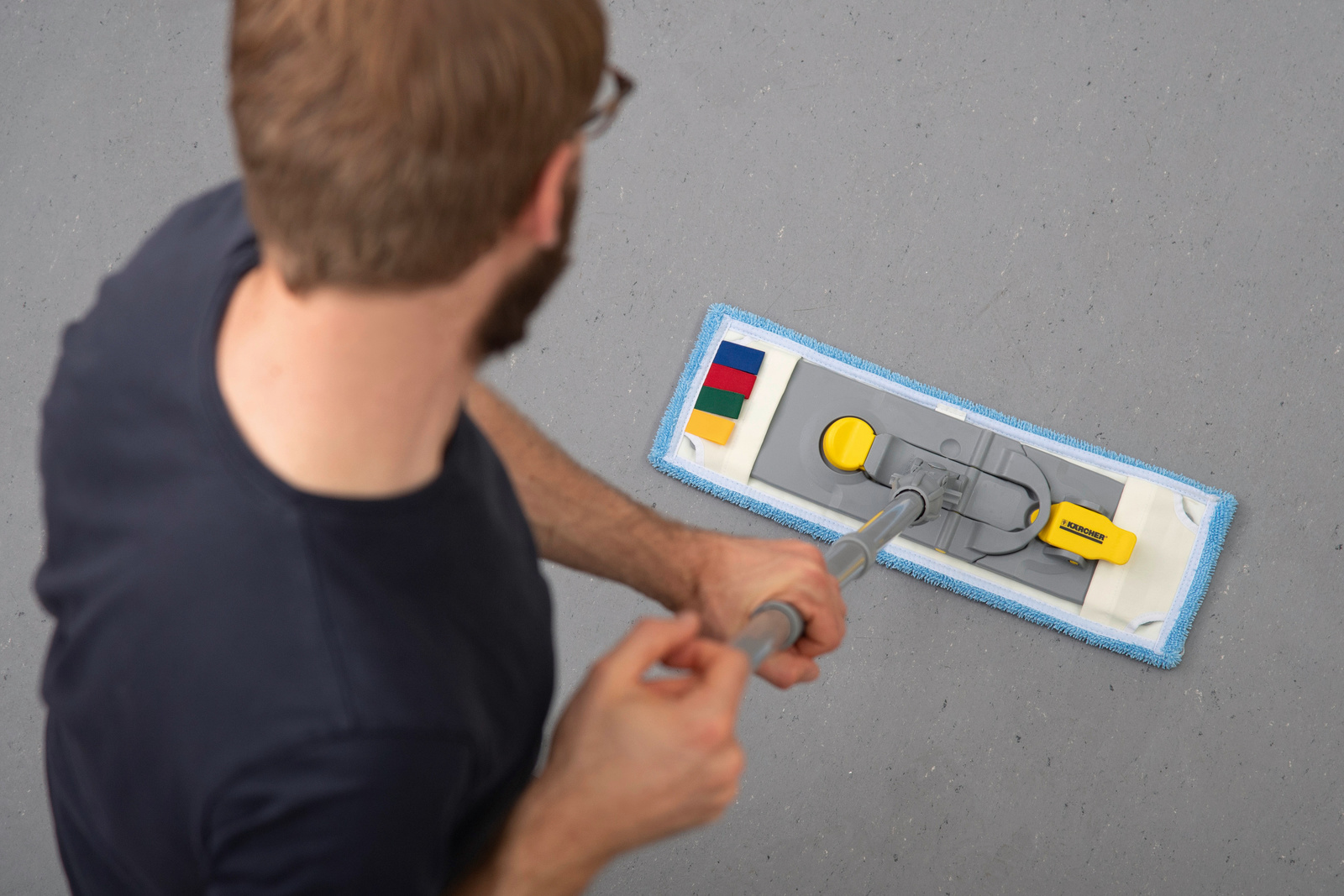
Cleaner floors in just two steps
The most popular cleaning method involves using a combination of vacuum cleaning and wet-wiping. In the first work step, loose dirt, such as dust and hairs, is picked up with a standard vacuum cleaner. Then wet-wipe the floor with a floor wiper or mop. Ideally, you should regularly squeeze out the wiping cloth using a wiping cloth press, as this prevents direct contact with the dirt as far as possible. Firstly, you should clean the edge of the entire room and then carry out preparatory work from the rear-most corner to the door, in even strokes.
With a little practice, this mechanical method can be used to clean very quickly, however the process also has a few disadvantages: Stubborn dirt must be processed with additional actions in order to loosen it. Most floor wipers apply relatively large volumes of water when cleaning, meaning that the floor takes a while to dry.
Cleaning more quickly with an electric floor cleaner
A modern alternative is electric floor cleaners. The microfibre cleaning rollers rotate at 500 turns per minute and effortlessly loosen stubborn dirt. In particular, this is real advantage for the structured surfaces on modern PVC and designer flooring. The dirty water is collected in a separate tank so that you always use fresh water when wiping.

A universal cleaner is suitable for PVC flooring, linoleum and elastomer floor coverings. Since the devices can work with just a little fresh water, only a small volume of detergent is also sufficient. For structured floor coverings, we recommend working lengthwise and then crossways across the surface once in order to also reach deep into the surface structure. For floor coverings with wood grain, you should always work along the grain.
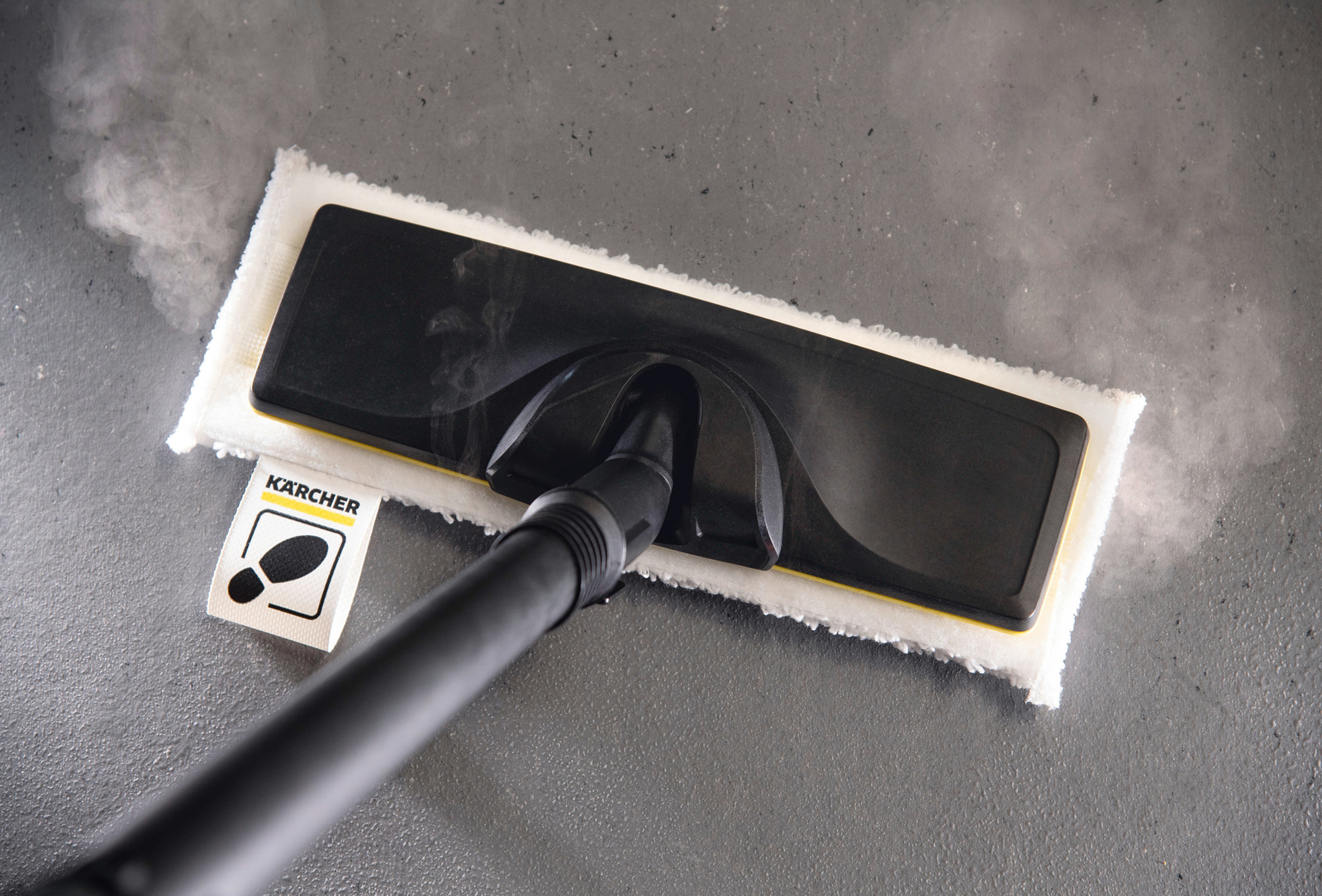
Hygienically wiping with the steam cleaner
As an alternative to the mechanical floor wiper, a steam cleaner can also be used. Steam cleaners produce hot steam and therefore work particularly hygienically. Thanks to the high temperatures, 99.99% of bacteria and viruses are removed, without any chemical cleaning agents being used. Steam cleaners are therefore also particularly good for allergy-sufferers and families with small children who should not come into contact with aggressive cleaning agents on the floor. Since the production of steam demineralises the water, the steam does not leave behind any lime residue or streaks after cleaning. Thanks to the heat, the floor dries quickly and can be walked on again sooner.
Suitable wiping cloth covers for the floor nozzle are used to clean floors. Move the floor nozzle from side to side quickly in overlapping paths when steam is released. In doing so, only the amount of steam that is required for loosening the dirt is released. For structured floor coverings, we recommend wiping diagonally in order to clean the depths of the structure. You should regularly replace the dirty covers.
Removing frequently occurring dirt from PVC flooring and linoleum
Old wipe care
If, over an extended period, you use too much wipe care product to wet-wipe, this may cause a layer to build up. Over time, dirt particles are deposited in these layers, which leads to an unsightly appearance. The best way to eliminate layers of wipe care is using an electric floor cleaner and hot water (maximum 60 °C). To do this, work lengthwise and crossways across the surface multiple times without any detergent. Repeat this process until foam no longer forms in the waste water tank.
Cleaning on building sites
If the room has been painted or renovated, the contaminants must be removed. During the construction phase, pencil marks are often used for orientation and these can be easily removed with an eraser. Colour stains following painting can be removed with a wooden wedge or warm water and a white, non-scratching sponge. Varnish stains and adhesive residues can be removed from linoleum and elastomer using organic solvents, such as a universal stain remover; in certain circumstances, PVC reacts sensitively to this remover so it should first be tested in an inconspicuous area.
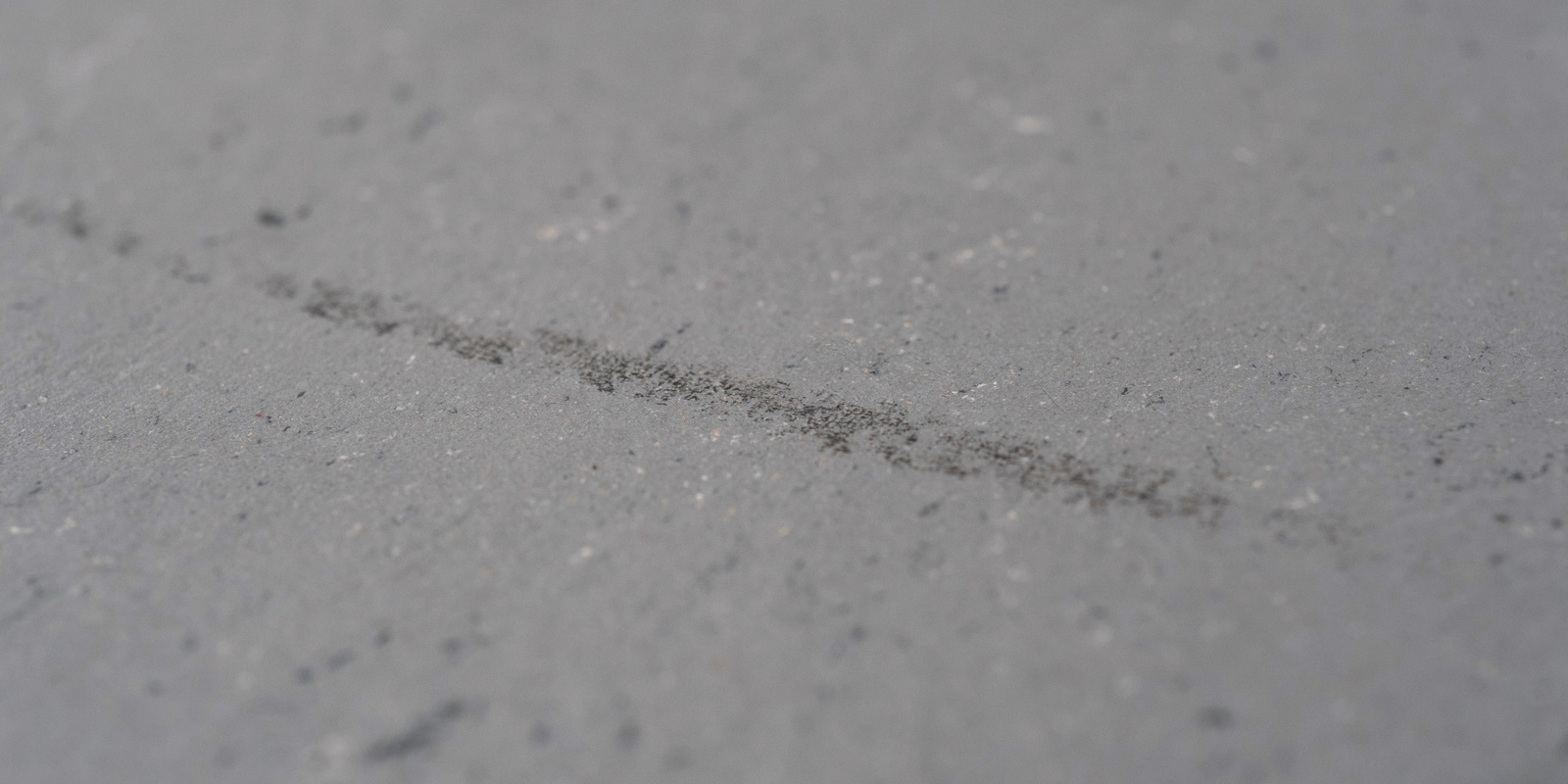
Removing migrations
With PVC flooring in particular, but also with other types of flooring, substances such as shoe polish, strokes from felt-tip pens or food colouring may migrate into the floor covering. If the process has not yet progressed too far, the stain can be carefully removed using a solvent such as a universal stain remover. As a household remedy for bleaching, a 3% solution of hydrogen peroxide is suitable. In many cases, it is no longer possible to remove the migrated dirt.
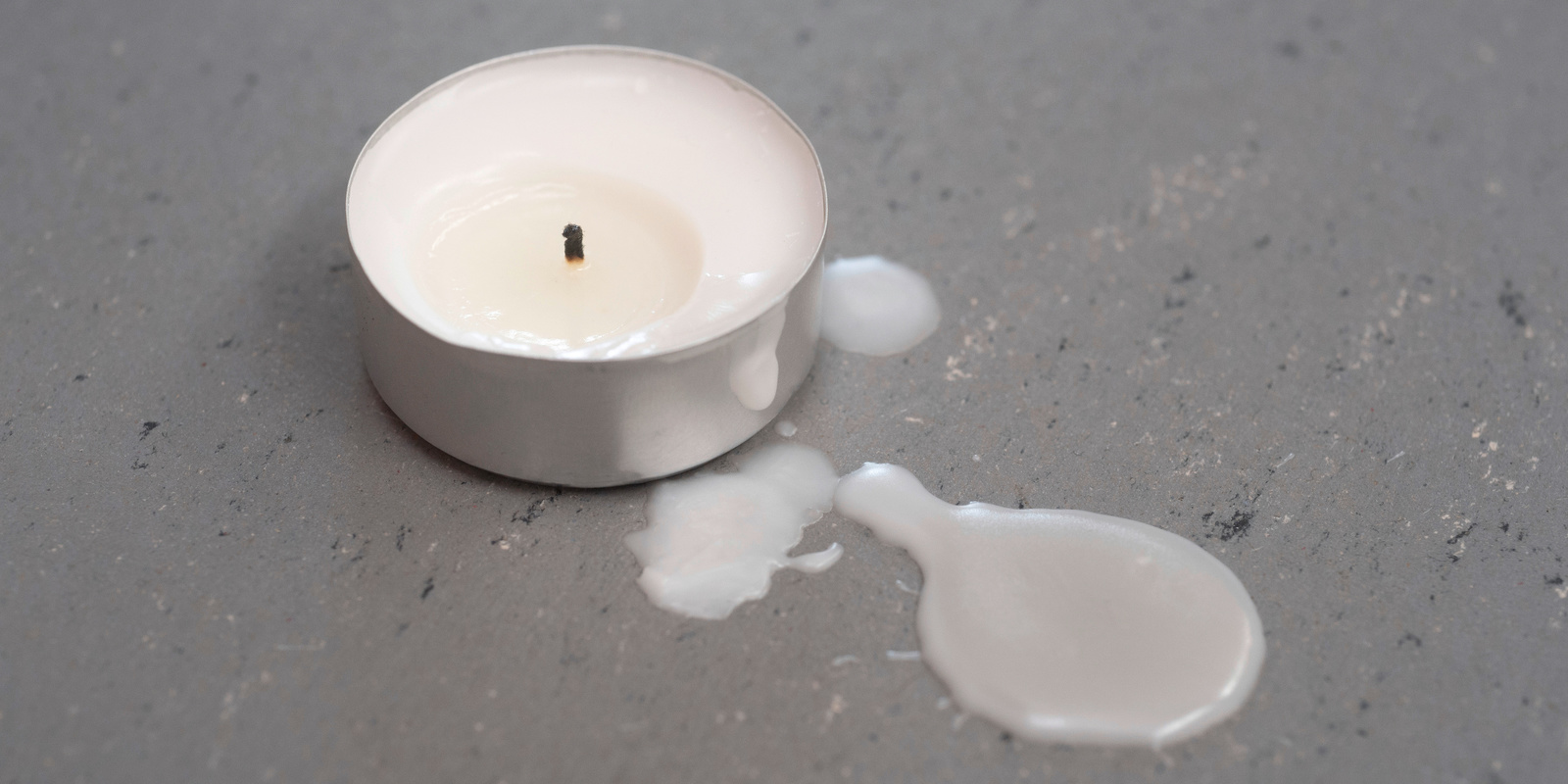
Removing wax stains
Different stains may dull the overall appearance of the floor covering and often have to be treated individually. Wax stains can be melted and absorbed using a kitchen towel. The best way to do this is to pour hot water over it, use a hairdryer or use a steam cleaner. Caution: PVC is heat-resistant; you should therefore first carry out a test in an inconspicuous area.




